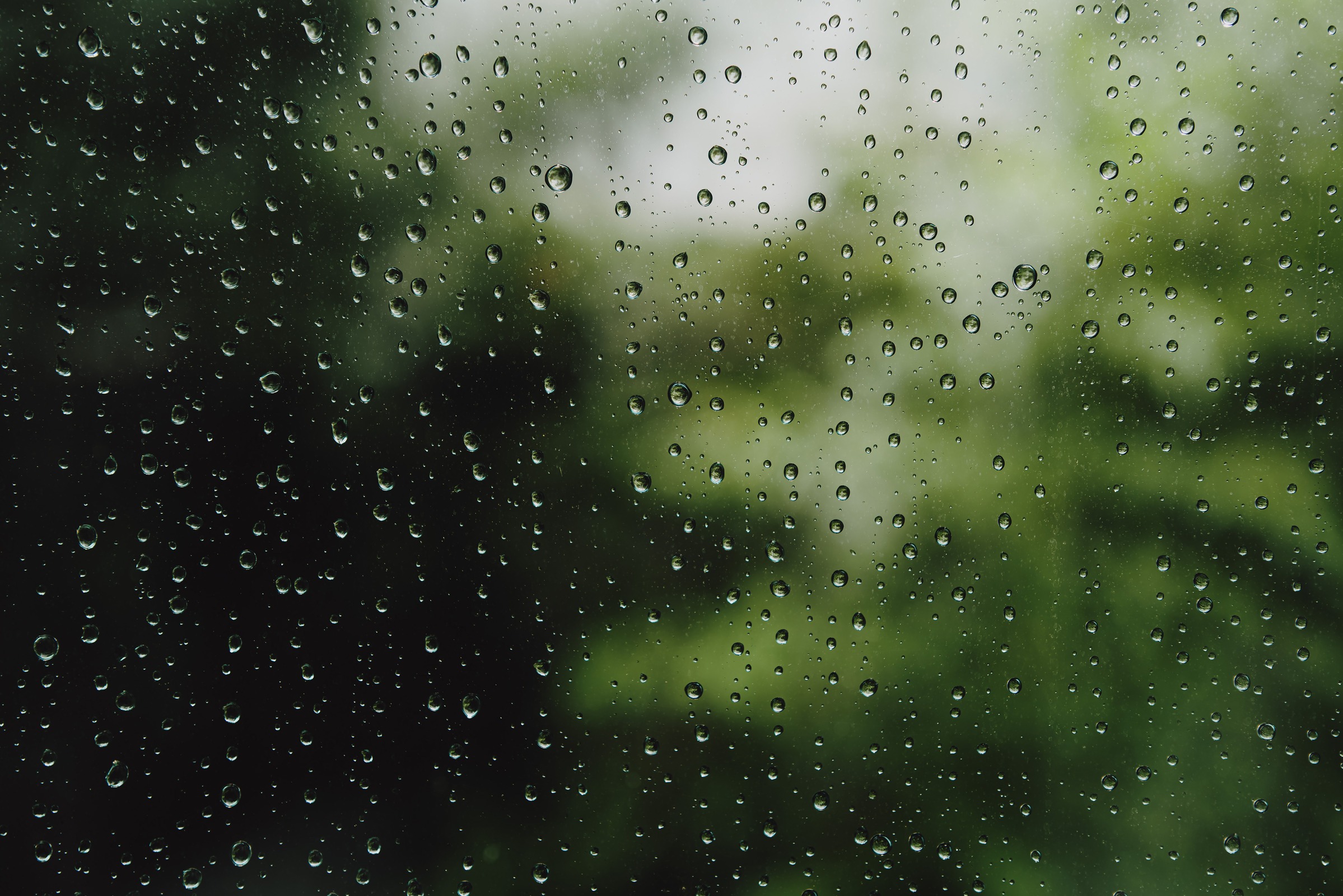Sources of moisture in your home
Nestled in a slice of paradise, New Zealand boasts stunning landscapes and picturesque views. However, its allure comes with a trade-off, a climate characterized by frequent rainfall and high humidity. These environmental conditions can give rise to unwelcome dampness and moisture within our homes. If left unattended, this moisture can foster the growth of dangerous moulds.
But did you know daily activities in the home can also generate moisture in large amounts?
By being aware of factors contributing to moisture, you can help make smarter decisions around your home. Over time these small changes can make a difference and lead to a healthier and drier home.
Read on to find out what contributes to moisture in the home, and what you can do to prevent them.
Here is what to watch out for!
Moisture in the Kitchen
Cooking in the kitchen can release more than just delicious aromas, with steam and vapour also released into the air. Regular cooking can contribute to up to three litres of moisture every day. While it’s hard to give up your culinary adventures, ensuring proper ventilation by using exhaust fans and opening windows can help reduce excess vapour.
Moisture from Washing Clothes
The convenience of having clean clothes comes with an unseen cost – moisture. Each laundry load can introduce up to 5 litres of moisture into your living space. If you’re doing multiple loads in a day, this can lead to a significant amount of liquid. To combat this, consider spacing out your laundry sessions and ensuring your washing machine is well-ventilated.
Moisture in the Bathroom
Showering is an essential daily ritual, but it also generates moisture. A single shower can contribute up to 1.5 litres of moisture per person. To avoid excessive moisture buildup, use exhaust fans during and after your shower to facilitate air circulation. Additionally, leaving bathroom doors open and wiping down surfaces can help prevent condensation from settling in.
Moisture from Everyday Respiration
Breathing is a natural and necessary process, but it also contributes to indoor moisture levels. Approximately 3 litres of moisture enter your home each day through respiration alone. While we can’t stop breathing, we can take steps to manage indoor moisture more effectively. Proper ventilation and monitoring of overall humidity levels can make a significant difference.
Drying Clothes Indoors
Drying wet clothes indoors might seem like a quick solution, but it can contribute significantly to humidity levels. Up to 5 litres of moisture can be released into your home with each load of drying laundry. To prevent dampness, prioritise outdoor drying or use well-ventilated areas designed for indoor drying. Make sure to do this in the colder months, when we tend to leave windows closed.
Showers and Baths
As comforting as they might be, showers and baths can lead to moisture problems. With each use, showers and baths introduce 1.5 litres of moisture into your living space. To minimise the impact, use exhaust fans and consider shorter showers. Ensuring proper ventilation in your bathroom is crucial to preventing moisture-related issues.
Unflued Gas Heaters
An unflued gas heater burns gas to produce heat and has no flue or chimney to carry the combustion products outside or away. These heaters can emit approximately 1 litre of moisture every hour. To strike a balance between warmth and moisture control, consider using more sustainable heating options or managing the duration of heater use more effectively.
We don’t recommend using unflued gas heaters. If you can, purchase an electric heater, or talk to us about alternative heating options
Damp subfloor
Did you know that around 40 Litres of moisture per day evaporates from the ground under an average 100m²house?
This effect may contribute more to dampness problems than all other sources of internal moisture combined. If you want to prevent this, a well-installed ground moisture barrier is a simple way to alleviate the problem.
Contact us to discuss installing a moisture barrier in your home.
How can we prevent moisture in the house?
Changing habits can help reduce the amount of moisture generated, such as not drying clothes indoors and using lids when cooking. When combined, these small changes can make a massive difference.
The next important step is to ventilate. Some ventilation occurs passively in houses through infiltration and draughts. However, active ventilation is typically needed to remove moisture generated in the home to minimise the risk of dampness and mould and maintain a healthy, comfortable indoor environment. This includes installing ventilation systems or opening windows.
If you’re unsure how to ventilate your home properly or need advice, contact us. We offer Home Energy Checks that can give you tailored recommendations on making your home warmer, drier and healthier. These are free for most homeowners – criteria apply.
Want to keep track of how much moisture you could contribute? Download a helpful infographic here.






